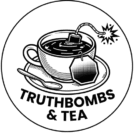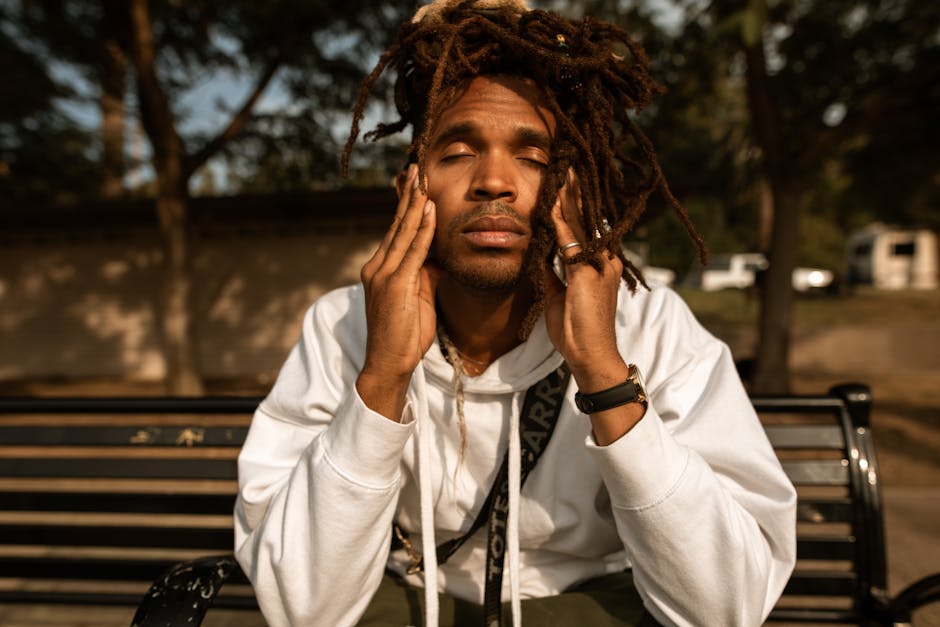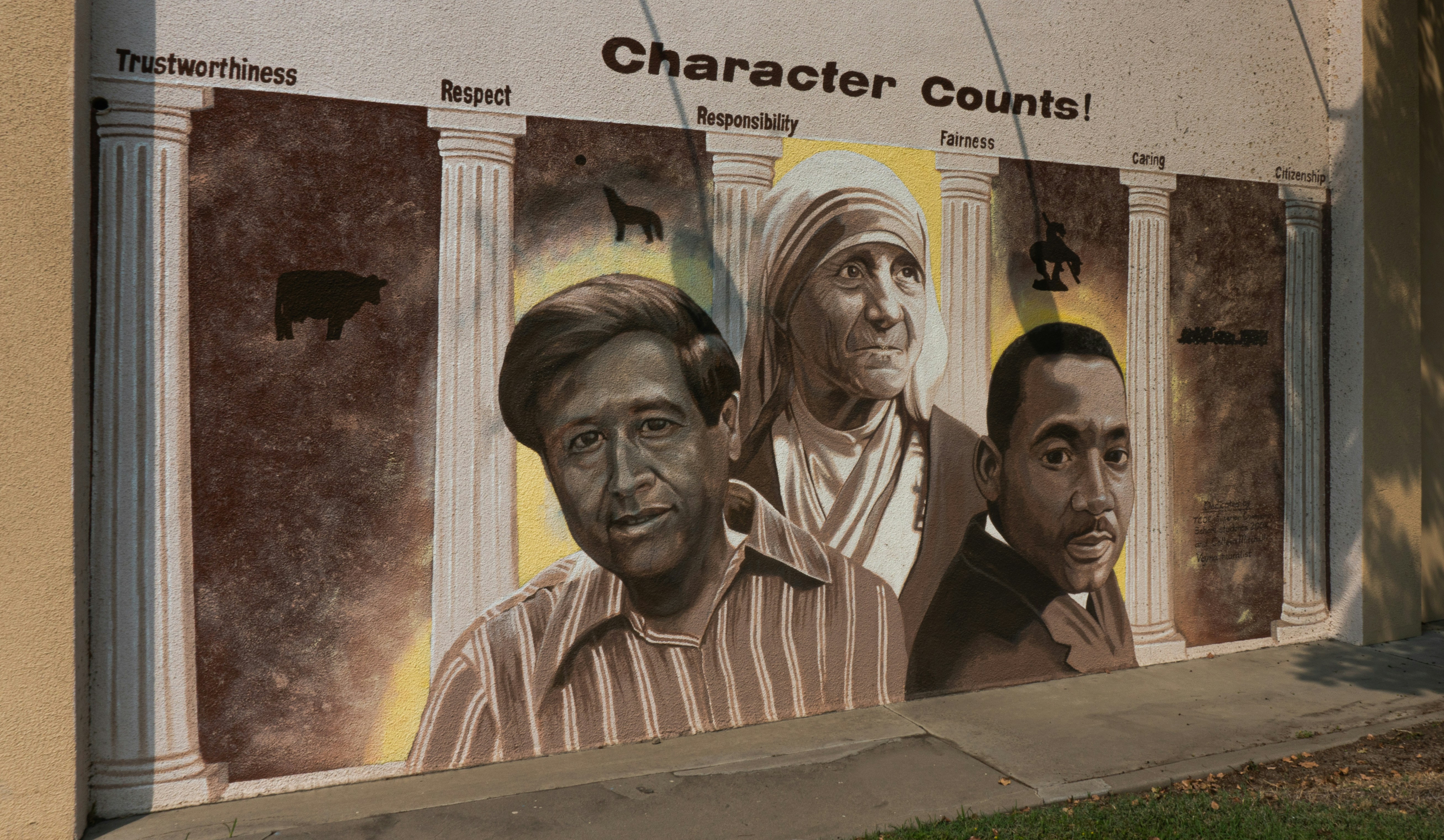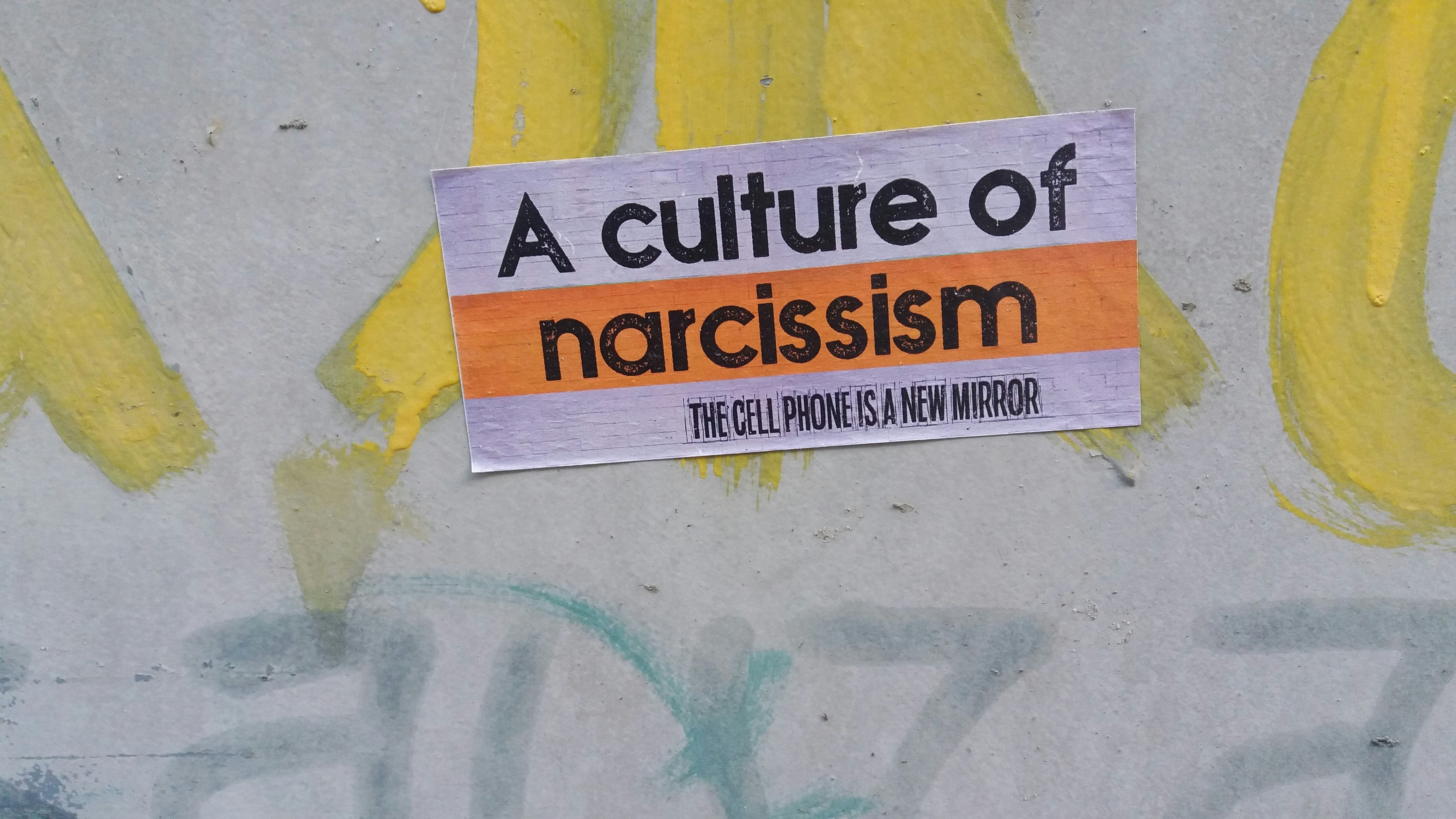While the title says overcoming anxiety, what this article really is about is learning to manage it because, let’s be real here, reading one blog post is not going to magically erase your anxiety. The good news is that what I am sharing with you in this article is science backed and proven to reduce your anxiety so you can manage it (instead of it managing you) and live a full and beautiful life. First things first though, let’s get on the same page about what anxiety actually is and it’s not the whiney first world problems of ‘influencers’ on instagram.
Understanding What Anxiety Is
Contrary to some opinions, anxiety is not just worry. Anxiety is your brain’s overzealous security system that’s convinced everything is a threat, from public speaking to checking your bank account. The good news? Current research shows that anxiety disorders are among the most treatable mental health conditions, with success rates that would make any other medical treatment jealous. Cognitive-behavioral therapy appears to be both efficacious and effective in the treatment of anxiety disorders.
The even better news is that we’re not just throwing darts at a board here. Decades of research have identified specific, measurable techniques that work. We’re talking about methods with effect sizes so impressive that researchers get genuinely excited (which, trust me, takes a lot). Studies show psychotherapy is effective in reducing social anxiety symptoms with a large effect size.
Effective Treatments
Cognitive Behavioural Therapy (CBT)
If anxiety treatments were a high school yearbook, CBT would be “Most Likely to Succeed” – and actually follow through on it. Cognitive Behavioral Therapy isn’t just therapy-speak for “think positive thoughts.” It’s a systematic approach to identifying the thought patterns that turn minor inconveniences into existential crises, then teaching you how to fact-check your own brain.
The research backing CBT is numerous and impressive. We’re talking about multiple meta-analyses involving thousands of participants, with results that remain effective long after treatment ends. Systematic reviews of 69 randomized clinical trials show long-term positive outcomes after CBT for anxiety disorders.
Here’s what CBT actually involves: learning to recognize when your thoughts are being dramatic (spoiler: it’s often), challenging those thoughts with evidence and gradually facing the things that make you anxious instead of avoiding them until your world shrinks to the size of your comfort zone. It’s not comfortable, but it works better than pretending everything is fine while internally screaming.
The format matters too. While individual therapy is typically most effective, group CBT and even remote CBT can work well for many people. Network meta-analysis shows individual CBT was superior to remote CBT, though both formats show effectiveness
Breathing Techniques
I know, I know – everyone and their yoga instructor has told you to “just breathe.” But before you roll your eyes so hard they fall out, hear me out: the research on breathing exercises for anxiety is actually legit. Your breath is basically a remote control for your nervous system, and learning to use it properly is like finally reading the instruction manual for your own body.
The 4-7-8 technique isn’t just internet wellness nonsense – it’s backed by studies showing real improvements in stress and anxiety management. Here’s how it works: breathe in for 4 counts, hold for 7, exhale for 8. The 4-7-8 breathing technique becomes more effective with frequent use in managing stress levels, unlike anti-anxiety drugs which lose effectiveness over time
Box breathing is another winner. Inhale for 4, hold for 4, exhale for 4, hold for 4. It’s like meditation for people who find meditation insufferably boring. Techniques like box breathing help slow down the heart rate and signal the brain to relax. The science behind why this works is actually pretty cool: controlled breathing exercises regulate the balance of oxygen and carbon dioxide in your body, which anxiety loves to mess with. Square breathing helps regulate oxygen and carbon dioxide levels that are often out of balance during anxiety
Mindfulness
Mindfulness gets a bad rap because it’s been hijacked by people who think sage can cure capitalism, but the actual practice is remarkably straightforward and scientifically sound. It’s essentially training your brain to stay in the present moment instead of time-traveling to every worst-case scenario your imagination can conjure.
The research on mindfulness for anxiety is robust and growing. Studies consistently show that mindfulness-based interventions can significantly reduce anxiety symptoms, and the effects stick around long after you stop formal practice. Mindfulness breathing meditation has been shown to have significant impact on reducing stress and anxiety in controlled trials
You don’t need to sit cross-legged for hours or achieve enlightenment. Simple mindfulness exercises can be as basic as paying attention to your breath, noticing physical sensations, or practicing awareness during daily activities like washing dishes or walking. Mindfulness-based interventions include breath-focused exercises and practices that encourage mindfulness throughout daily tasks. The key is consistency, not perfection. Your mind will wander – that’s literally what minds do. The practice is in noticing when it wanders and gently bringing it back, not beating yourself up for having a human brain.
Exposure Therapy: Facing Your Fears Like an Adult
This one’s going to sting a little: the things you’re avoiding are probably making your anxiety worse. Avoidance feels protective, but it’s actually teaching your brain that whatever you’re avoiding really is dangerous. Exposure therapy systematically and gradually introduces you to anxiety-provoking situations in a controlled way, proving to your brain that most things won’t actually kill you.
The research shows exposure therapy is incredibly effective, especially when combined with other CBT techniques. The key word here is “gradual” – you’re not throwing yourself into the deep end, you’re wading in ankle-deep and working your way up. CBT protocols that include exposure components show superior long-term outcomes for anxiety disorders
Start small. Afraid of social situations? Start by making eye contact with a cashier. Anxious about phone calls? Leave yourself a voicemail first. The goal isn’t to eliminate fear entirely (that would actually be dangerous), but to prove to yourself that you can handle discomfort without the world ending.
Physical Relaxation: The Mind Body Connection
Anxiety isn’t just in your head – it’s a full-body experience that includes racing heart, sweating, muscle tension, and that delightful feeling that you might throw up at any moment. Addressing the physical symptoms can actually help calm the mental ones, because your brain and body are constantly communicating about threat levels.
Progressive muscle relaxation involves systematically tensing and releasing different muscle groups, teaching your body what relaxation actually feels like. Many people with anxiety are so chronically tense they’ve forgotten what “relaxed” feels like. Progressive muscle relaxation techniques are included in evidence-based anxiety treatment protocols
Regular exercise also deserves a mention here, though I promise not to lecture you about jogging your way to mental health. Exercise does reduce anxiety symptoms, but the best exercise is the one you’ll actually do consistently. Walking counts. Dancing in your kitchen counts. The goal is movement, not Olympic-level performance.
Building Your Anxiety Toolkit
Here’s the reality check: there’s no single magic bullet for anxiety. What works is having multiple tools and knowing when to use which one. Think of it like having a well-stocked toolbox instead of trying to fix everything with a hammer (even though hammers are very satisfying to use).
Your toolkit might include breathing exercises for acute anxiety, mindfulness for general overwhelm, exposure work for specific fears, and CBT techniques for catastrophic thinking. The research consistently shows that combining approaches is more effective than relying on any single technique. Multiple CBT techniques targeting different aspects of anxiety show superior outcomes
Keep track of what works for you. Some people respond better to cognitive techniques, others to behavioural approaches, and many need a combination. There’s no shame in finding out that visualization makes you more anxious or that certain mindfulness exercises feel impossible – just move on to something else.
If you want a simple but powerful tool to support cognitive behaviour therapy by becoming aware of your thought patterns and processing out your thoughts in a calm and manageable way please check out the Truthbombs and Tea Life Journal. This is a journal like no other – part best friend and part therapist this journal is a must have tool in your tool kit. Find the journal 👉 HERE.
Professional Support
Sometimes self-help isn’t enough, and that’s not a personal failing. If your anxiety is interfering with work, relationships, or basic daily functioning, it’s time to call in the professionals. Therapy isn’t admitting defeat; it’s being smart enough to use all available resources.
The research strongly supports professional treatment for moderate to severe anxiety. Studies show that professionally delivered CBT has large effect sizes for anxiety disorders, with benefits maintained long-term
Look for therapists who specialize in anxiety disorders and use evidence-based treatments. This isn’t the time to experiment with someone who wants to talk about your childhood for six months before addressing your panic attacks. You want someone trained in CBT, exposure therapy, or other proven approaches.
Technology and Digital Support
We’re living in the future, so let’s use it. Digital mental health tools aren’t replacing therapy, but they can be valuable supplements to traditional treatment. The research on digital CBT interventions is promising, though in-person therapy still tends to be more effective for most people.
Recent studies show growing interest in AI applications for CBT, though research is still developing in this area Apps can be helpful for practicing techniques, tracking symptoms, or providing support between therapy sessions, but they’re tools, not cures. Be selective about which apps you use. Look for ones based on established therapeutic principles rather than generic wellness content. Many anxiety apps now include features like guided breathing exercises, CBT worksheets, and exposure therapy plans.
Creating Real, Sustainable Change
Here’s the hard truth: overcoming anxiety is more like learning a skill than taking medicine. It requires practice, patience, and probably some backsliding. There are no quick fixes or magic wands. The research shows that the benefits of anxiety treatment can last for years, but only if you keep using the techniques you learn.
Long-term studies demonstrate that CBT benefits for anxiety disorders are maintained over time with continued practice Think of anxiety management like physical fitness – you don’t go to the gym once and become permanently strong. You develop habits and practices that become part of your routine.
Set realistic expectations. Progress isn’t linear, and setbacks don’t mean you’re broken or that nothing works. They mean you’re human and working on something difficult. The goal isn’t to never feel anxious again (anxiety serves important functions), but to prevent it from controlling your life.
You Can Do This
Anxiety feels overwhelming because, well, it is. But the research is abundantly clear: with the right tools and approach, most people can significantly reduce their anxiety symptoms and improve their quality of life. You’re not doomed to a lifetime of worry and avoidance.
The techniques outlined here aren’t wishful thinking or wellness industry marketing – they’re backed by decades of research involving thousands of participants. CBT works. Breathing exercises work. Mindfulness works. Exposure therapy works. They work better in combination than alone, and they work better with professional guidance than without it.
Start somewhere. Pick one technique and practice it consistently for a few weeks. Notice what happens. Add another tool when you’re ready. Remember that learning to manage anxiety is a skill, and like any skill, it gets easier with practice. Your anxiety might always be part of your story, but it doesn’t have to be the author. The research says so, and more importantly, you deserve to find out what life feels like when worry isn’t running the show.



